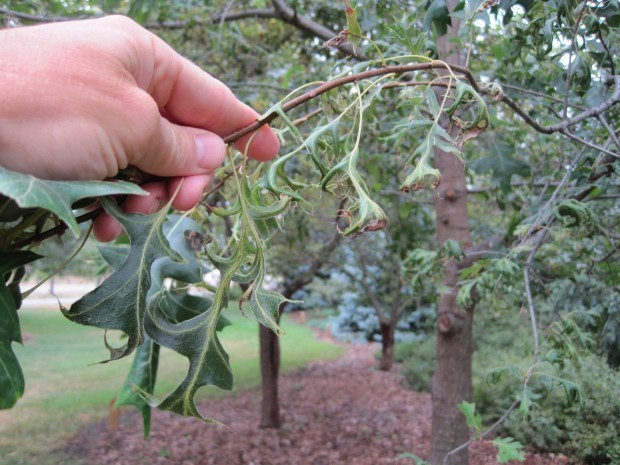 Abstract: Declining plant diversity and abundance have been widely reported in agro-ecosystems of North America and Europe. Intensive use of herbicides within cropfields and the associated drift in adjacent habitats are partly responsible for this change. The objectives of this work were to quantify the phenological stages of non-target plants in in-situ field situations during herbicide spray and to compare plant susceptibility at different phenological stages. Results demonstrated that a large number of non-target plants had reached reproductive stages during herbicide spray events in woodlots and hedgerows, both in Canada and Denmark where vegetation varies considerably. In addition, delays in flowering and reduced seed production occurred widely on plants sprayed at the seedling stage or at later reproductive periods, with plants sprayed at reproductive stages often exhibiting more sensitivity than those sprayed as seedlings. Ecological risk assessments need to include reproductive endpoints. [C. Boutina, B. Strandbergb, D. Carpentera, S.K. Mathiassenc & P.J. Thomasa (2013). Herbicide impact on non-target plant reproduction: What are the toxicological and ecological implications? Environmental Pollution, 185, 295–306] ${imageDescription} Comment
Abstract: Declining plant diversity and abundance have been widely reported in agro-ecosystems of North America and Europe. Intensive use of herbicides within cropfields and the associated drift in adjacent habitats are partly responsible for this change. The objectives of this work were to quantify the phenological stages of non-target plants in in-situ field situations during herbicide spray and to compare plant susceptibility at different phenological stages. Results demonstrated that a large number of non-target plants had reached reproductive stages during herbicide spray events in woodlots and hedgerows, both in Canada and Denmark where vegetation varies considerably. In addition, delays in flowering and reduced seed production occurred widely on plants sprayed at the seedling stage or at later reproductive periods, with plants sprayed at reproductive stages often exhibiting more sensitivity than those sprayed as seedlings. Ecological risk assessments need to include reproductive endpoints. [C. Boutina, B. Strandbergb, D. Carpentera, S.K. Mathiassenc & P.J. Thomasa (2013). Herbicide impact on non-target plant reproduction: What are the toxicological and ecological implications? Environmental Pollution, 185, 295–306] ${imageDescription} Comment